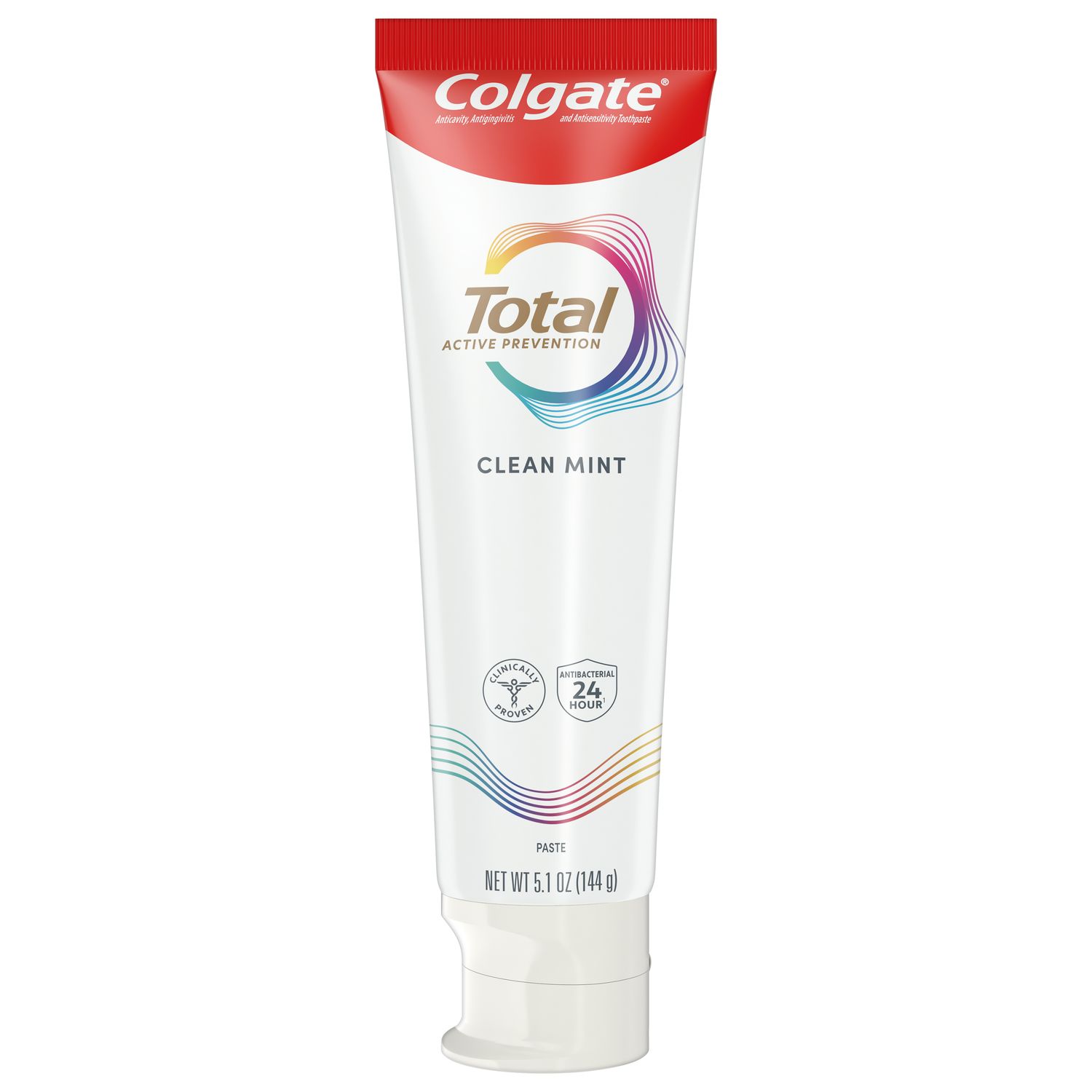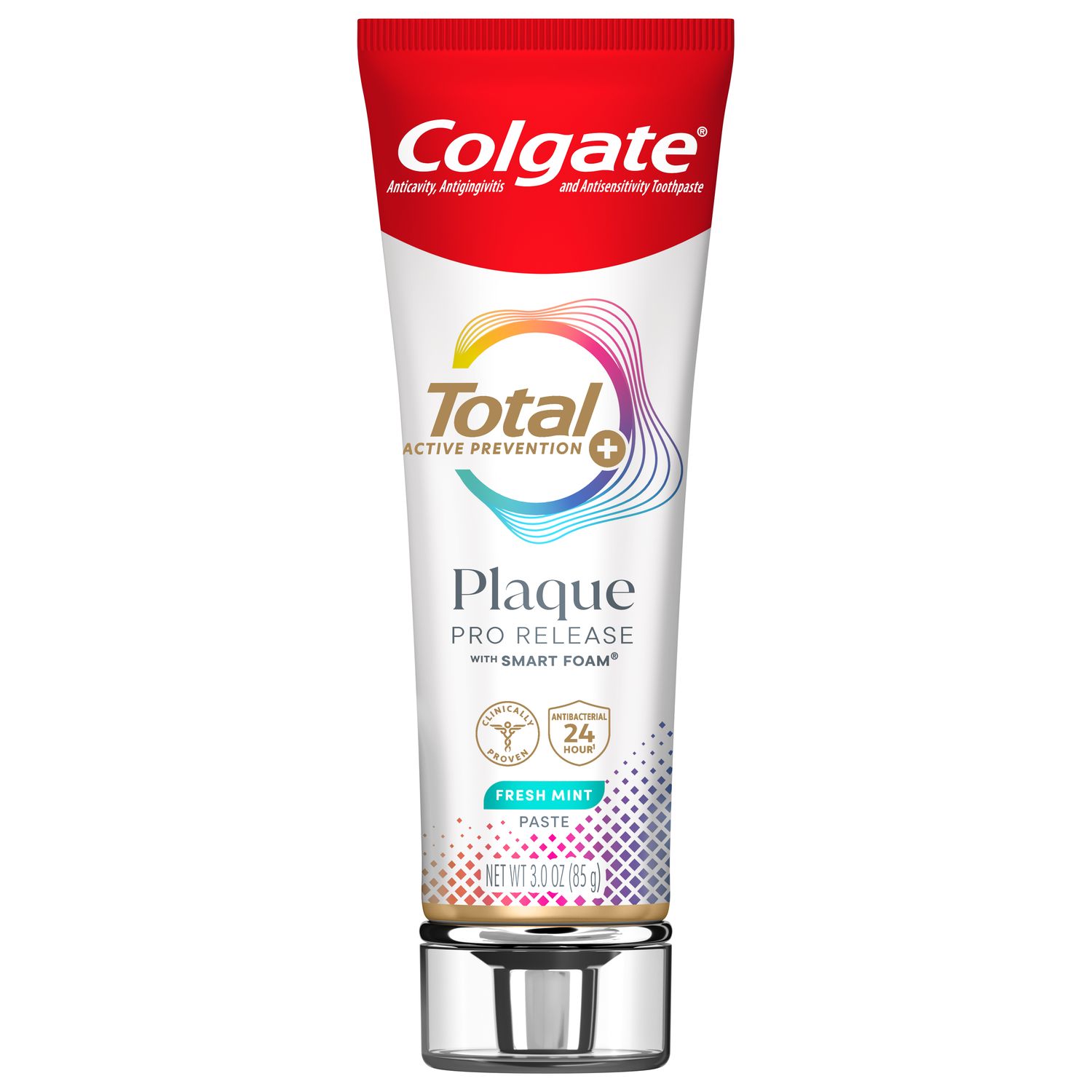
Sharpening manual scalers and curettes, and keeping their cutting edges in top condition, are essential for effective instrumentation and to help avoid hand strain. The last thing you need during a 3 p.m. scaling and root planing appointment is a dull curette. To prevent any problems with sharpening these dental instruments (or even over-sharpening them), you have to get back to the basics. After all, it's important, both for the sake of your time and your employer's investment, to make sure that you're getting the most out of each instrument. Here are some things you need to know about how to maintain the sharpness of your manual scalers and curettes.
Don't Wait Until You Need It
The number one rule for instrument sharpening is to plan ahead. Use cancellations or down time between appointments to stay on track with your sharpening schedule. Keep a chart, if necessary, to mark which kits have been or need to be sharpened. Waiting until you discover the scaler is too dull will eat into your clinical time, or worse, leave burnished calculus behind on your patients' root surfaces. Gradually sharpening dental instruments as they need it will prevent you from having to sharpen all of them at once. Pick a setup or two each week. When you do, you'll be able to identify the tactile differences more easily.
Determine When It's Sharp Enough
How can you determine whether your instrument is sharp? Look at the area where the face of the blade and its side come together. Very dull cutting edges become rounded, causing them to reflect light. If no light is reflected, the cutting edge is still sharp. You can also check for a "bite" on your test stick - if it doesn't "bite", it's dull.
Using a Sharpening Stone: Check Your Angulation
RDH Magazine provides a step-by-step approach to assessing the angulation of your instrument's cutting edges as it pertains to using a sharpening stone. Correct angulation should be approximately 70 degrees. It's important to maintain this angle consistently during the sharpening process. Insufficient angulation can make the cutting edge "difficult to adapt to the tooth," while over-angulation will cause the blade to weaken and dull quickly.
If your instrument is in a 12 o'clock position, this puts your stone at around the three-and-a-half minutes past noon position.
Use firm, downward pressure with a lighter force on the upstroke. Work forward towards the toe, stopping on a downstroke. Remember, only about 3 to 5 mm of the blade is functional. If you're seeing sludge on the cutting edge, you're maintaining the correct angle during the sharpening process.
Remember to preserve the instrument's shape, such as a round toe, throughout the process and avoid removing too much material.
Be Aware of What Causes Instrument Dullness
One of the most vital ways to keep your instruments sharp is to be aware of what's causing them to dull. Dimensions of Dental Hygiene notes that instrumentation isn't the only thing that can wear down the cutting edge of a manual scaler or curette. Dullness can also occur due to instruments bumping against one another while inside an ultrasonic cleaner. Using a perforated cassette to hold instruments in place can prevent that.
Steam sterilization, chemical vapor and dry heat do cause dulling of stainless steel cutting edges on scalers and curettes, but steam can cause dullness if the instruments are made of carbon steel. Scaling around amalgam restorations can also accelerate dulling of a working edge. Newer designs of stainless steel instruments can retain their sharp edges for as long as three to four months, states Dimensions of Dental Hygiene.
Takeaway
- Check for dullness by examining manual scalers and curettes for reflected light and determining if they "bite" against a test stick.
- Assess angulation against the sharpening stone and watch for sludge development.
- Cycle through your instruments as necessary, so that they don't all have to be sharpened at the same time.
Why It's Valuable
It's easy to overlook sharpening manual scalers and curettes until you can't remove tenacious subgingival calculus. Making sure that you keep your setups sharp will help you scale more efficiently, without wasting time or additional physical effort, and without burnishing calculus.
Want to help improve your patient's oral health? Recommend a mouthwash like Colgate Total® Advanced Pro-Shield™ Mouthwash to help improve at-home dental care.
Join us
Get resources, products and helpful information to give your patients a healthier future.
Join us
Get resources, products and helpful information to give your patients a healthier future.













